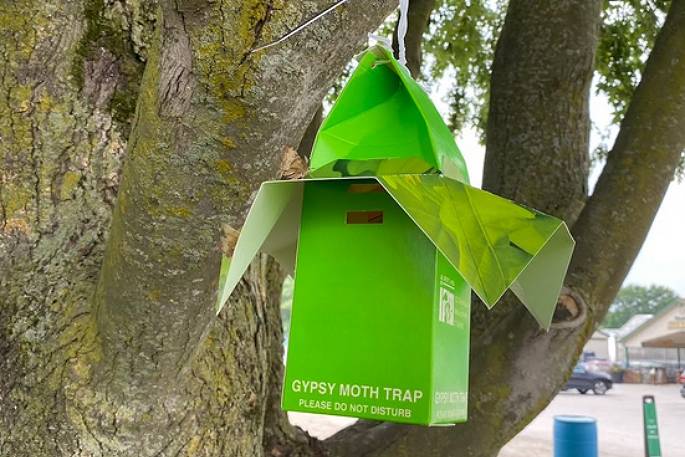A 'plague” of black caterpillar-like creatures is destroying gardens and plants in the Bay of Plenty, say locals.
Pāpāmoa local Ben Wilton was shocked when they 'completely obliterated” his vegetable garden in two weeks. It was the first time he had ever seen them, he says.
'There's a plague of them that destroyed the vege garden. I've never seen them before. It is like they fell out of the sky or something.”
An insect expert has identified the pest as the tropical armyworm, and says warmer weather may be luring them out.
Wilton says they are 'not pretty”.
'A few of them had passed away having been squashed on the driveway. When they get squashed a horrible green goo comes out which fascinates my five-year-old.”
Wilton, a keen gardener, used organic spray to try and get rid of them, but found that instead they kept multiplying, and he has to pick them out by hand.
'They seem to multiply at night. One morning I picked up a whole bucket full of them.”
'They're really hard to get rid of because they cling to the plants. When you try to pick them off they curl up. They've been climbing the walls which are textured, so they seem to be able to keep their grip.”
Kathy Sellers, who also lives in Pāpāmoa, has also noticed them 'everywhere in the garden”.
'It's an infestation of them. They attacked my basil. They seem to travel in packs. It's been very time-consuming to try to get rid of them. I've had to read up on how to combat them.”
A local mum told Stuff she was on a walk with her children a few days ago when they spotted the black insects all over the footpath,
”There were hundreds of them.”
An entomologist (insect expert) from the Ministry of Primary Industries, the government body responsible for protecting Aotearoa from biological risk, has examined photographs of the black caterpillar sighted by Stuff readers in the Bay of Plenty.
A spokesperson for MPI says these creatures are called Spodoptera litura, the tropical armyworm, a known pest in home gardens, and thought the rise in sightings of the creature in the Bay of Plenty could be due to the recent warmer weather.
'When weather conditions are moist, humid, and with warmer than average temperatures it can lead to occasional outbreaks of the tropical armyworm.”
The MPI spokesperson says severe infestations will result in foliage being eaten and that the tropical armyworm has been a pest of maize and pasture crops in New Zealand in the past.
A 2011 outbreak of the tropical armyworm in the Bay of Plenty caused serious damage to lucerne, clover and chicory crops.
MPI says farmers and growers self-manage control of the tropical armyworm through their regular farm or orchard pest management plans and advises Bay of Plenty gardeners to do the same.
'The tropical armyworm is able to be controlled using registered insecticides (both synthetic pyrethroid and broad spectrum – if necessary). But ensure that all instructions and safety requirements are followed.”
In March, MPI reported that an egg mass of a pest called Spodoptera frugiperda, the fall armyworm, had been detected in Tauranga. Unlike the tropical armyworm currently being seen in the Bay of Plenty, the fall armyworm is not established in New Zealand, and has the potential to cause widespread damage to crops.
 A gypsy moth trap.
A gypsy moth trap.
Biosecurity New Zealand deputy director-general Stuart Anderson says the eggs were found on a gypsy moth trap in Tauranga and then tested, before being destroyed. There was no evidence of an established population, he says,
"We do have other types of armyworm moth in New Zealand, but this particular species, which thrives in very warm climates, can pose a threat to arable crops and other horticultural species if it becomes a large population."
There had been no further confirmed detections of the fall armyworm in Tauranga since the egg mass was spotted.
”We thank farmers and growers who have been keeping an eye out and sending samples or photographs to Biosecurity New Zealand.”



0 comments
Leave a Comment
You must be logged in to make a comment.